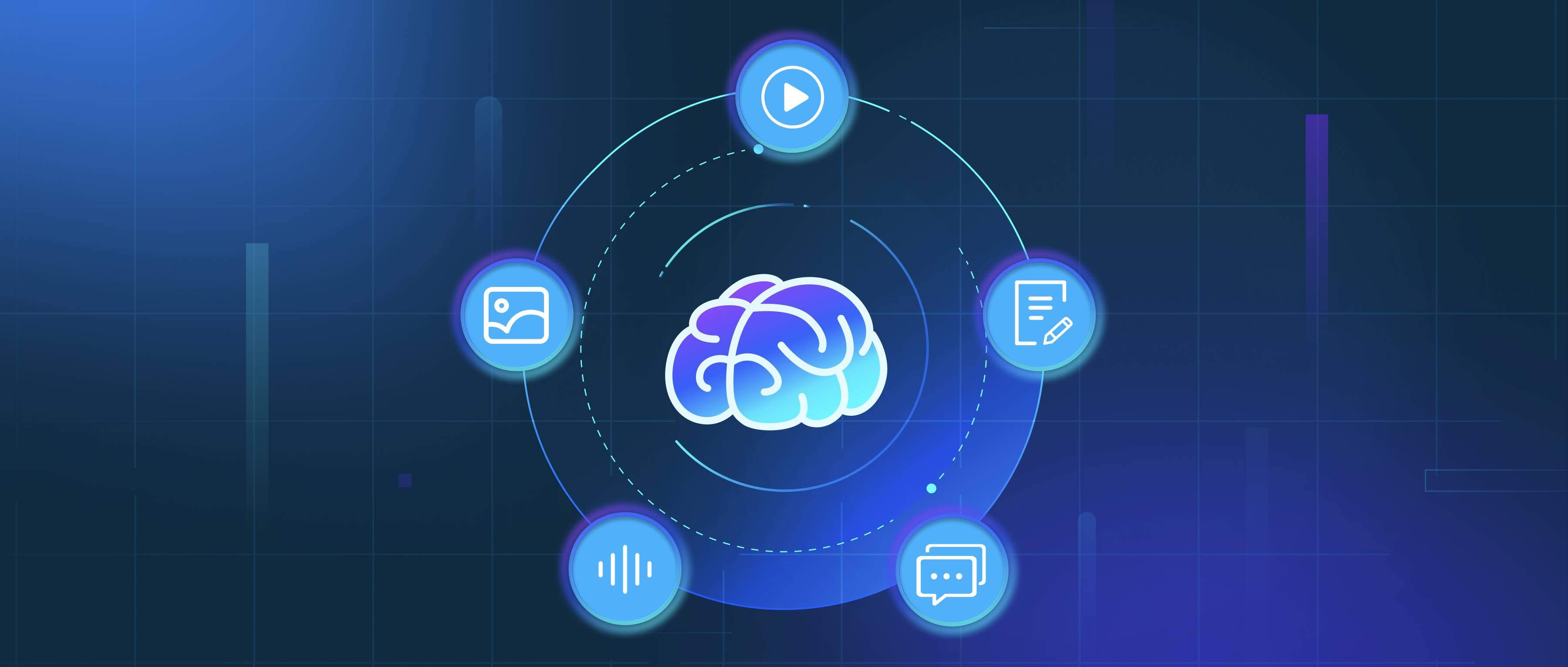Multimodal AI handles real-time video processing by integrating various types of data inputs—typically combining visual information from video frames with audio and textual data. This approach allows the AI to analyze and interpret content more effectively. For instance, while processing a live video stream, the AI can recognize objects, detect speech, and even extract relevant text from subtitles. By simultaneously processing these data streams, the system can provide a more comprehensive understanding of the scene or event occurring in the video.
To implement real-time video processing, developers often use techniques such as convolutional neural networks (CNNs) for object detection and facial recognition. For audio analysis, recurrent neural networks (RNNs) or more advanced architectures can be employed to transcribe spoken words or analyze sound patterns. The integration of these systems can be facilitated by frameworks such as OpenCV for computer vision tasks and TensorFlow or PyTorch for building neural networks. These tools enable developers to handle the complexity of multimodal inputs effectively, allowing for features like live sentiment analysis or automatic captioning during video broadcasts.
To ensure efficiency during real-time processing, it is essential to optimize the models and processing pipelines. Developers might employ techniques like model quantization or pruning to reduce latency and improve performance. Additionally, leveraging GPU acceleration can significantly speed up computations required for processing high-resolution video streams. By carefully architecting the system and optimizing for speed, developers can create applications capable of analyzing video content as it is captured, ensuring timely and actionable insights.
